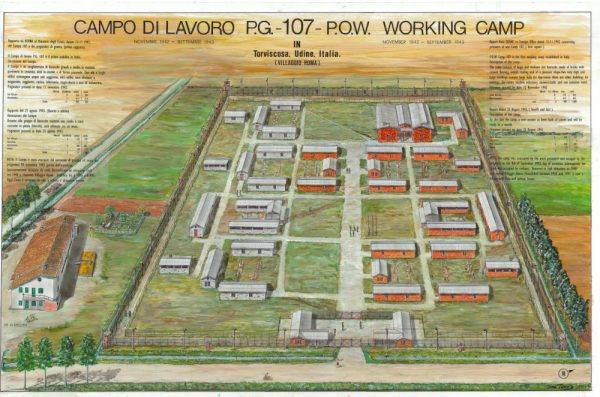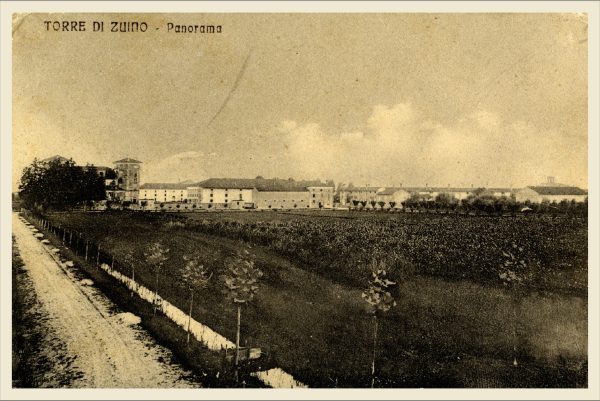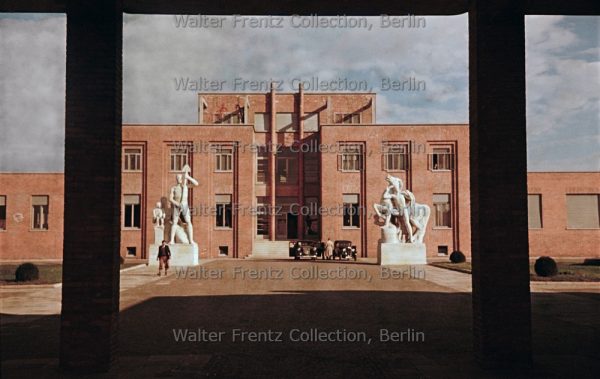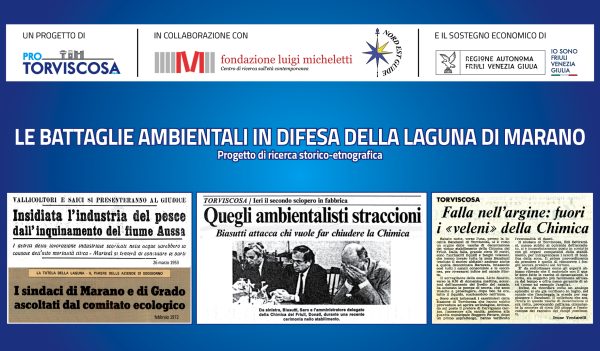The cid-torviscosa.it website was inaugurated in 2016 to promote the activities of the CID Centro Informazione Documentazione, then managed by the Torviscosa Municipality, and to publish the inventories and documents of the historical archives owned or managed by the Municipality. In 2020, however, the Municipality decided to discontinue this domain, which was subsequently purchased by Pro Torviscosa aps.
Currently, the site therefore collects the results of research projects or dissemination activities carried out by members and friends of the Pro Torviscosa aps. There are the images that constituted some exhibitions that are no longer on display or thematic stories based on archive documents collected over years of research. In all cases, the aim is to make this information and others that will be added in the future accessible to all.
Environmental battles in defence of the Marano lagoon
The establishment of the SNIA Viscosa – SAICI industrial complex in Torviscosa caused environmental problems right from the start (1938) in the Marano lagoon, where discharges from industrial production ended. The first purification plant was only built at the end of the 1980s and it was not until the 1990s that the lagoon’s great naturalistic value was formally recognised at local and European level. In the meantime, the industrial pollution of the lagoon has continued almost undisturbed and it is mainly to the people’s initiative that we owe the main protest initiatives, which have even gone as far as legal action.
The prisoner of war camp No. 107

The prisoner of war camp No. 107
Prisoner of war camp No. 107 was built in Torviscosa at the request of a large Italian company, SNIA Viscosa, with the aim of using the prisoners in its agricultural activities. It became operational in 1942 and about a thousand New Zealand and South African prisoners enlisted in the British armies were interned there until the armistice in 1943. The war camp was decommissioned after the armistice but was immediately converted into a village to house SNIA workers. After the Second World War, it took the name Villaggio Roma.
Greetings from Torre di Zuino

Greetings from Torre di Zuino
“A miserable village with almost no history”: this is how SNIA Viscosa described Torre di Zuino before it became Torviscosa. But every village, however miserable, has a history: this small exhibition tells it with the help of 50 postcards produced between 1902 and 1940, belonging to some private collections.
Torviscosa 1943

Torviscosa 1943
The photographs of this exhibition were taken between the end of September and the beginning of October 1943 by the German photographer Walter Frentz, on a mission in northern Italy on behalf of the High Command of the Wehrmacht, the Nazi Armed Forces. At the time, Frentz was one of the official photographers of the Third Reich and personal cameraman of Adolf Hitler.


